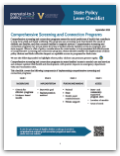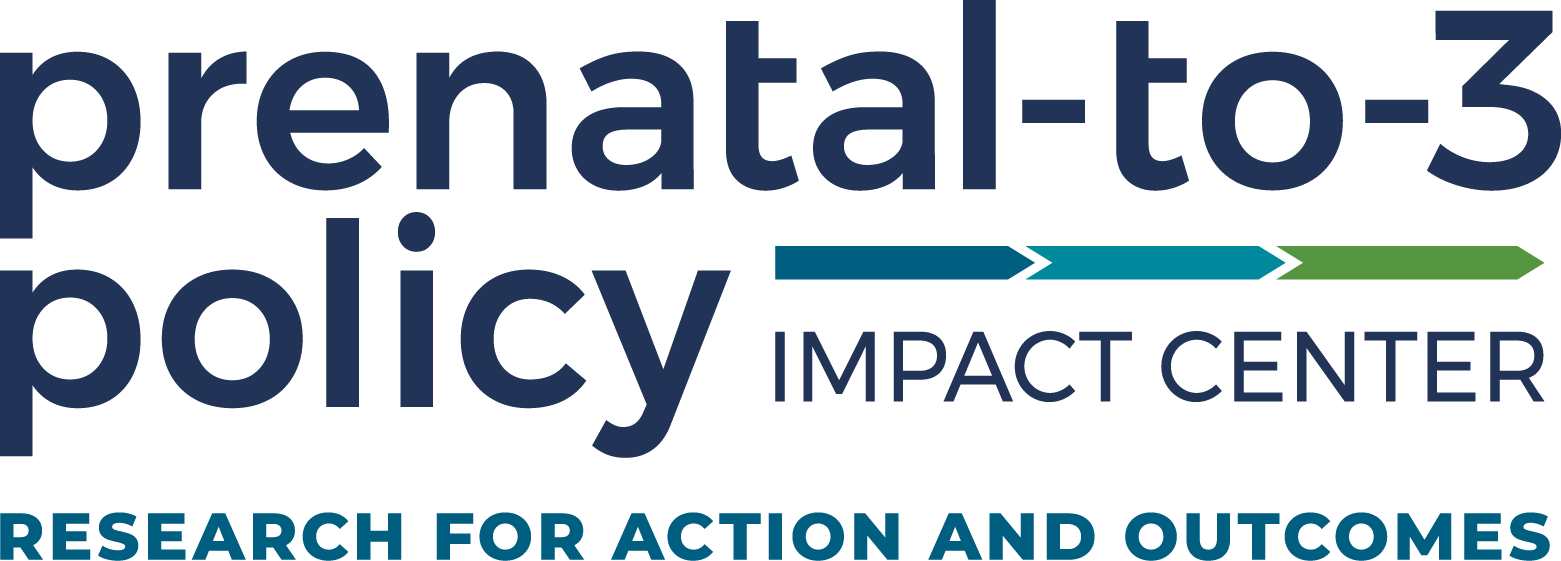A paid family and medical leave policy of at least 12 weeks for birthing parents and at least 6 weeks for non-birthing parents with a new child is one of the most effective policies a state can implement to promote employment, increase parent-child bonding, and improve parent and child health.
Although all comprehensive state programs currently include family leave (encompassing both bonding and family caregiving leave provisions) and medical leave, this State Policy Lever Checklist primarily includes policy considerations for state leaders to help maximize the effectiveness of a state paid family leave for families with a new child. It also underscores the implications of these policy choices and their collective impact on equitable access to paid family leave for families in their state.
This checklist covers the following components of a paid family leave program:
- Program characteristics
- Eligibility criteria
- Wage replacement
- Administration and funding




